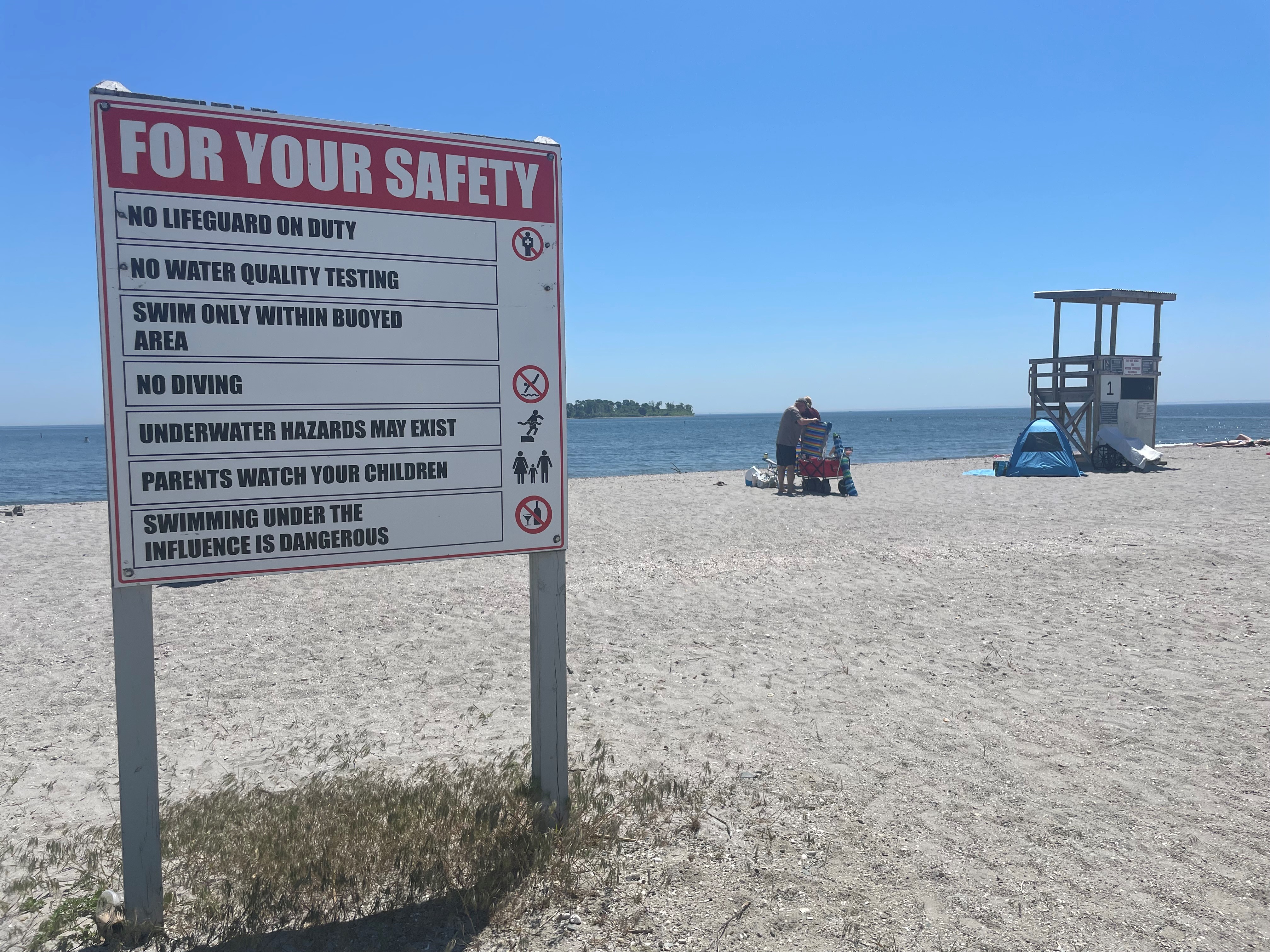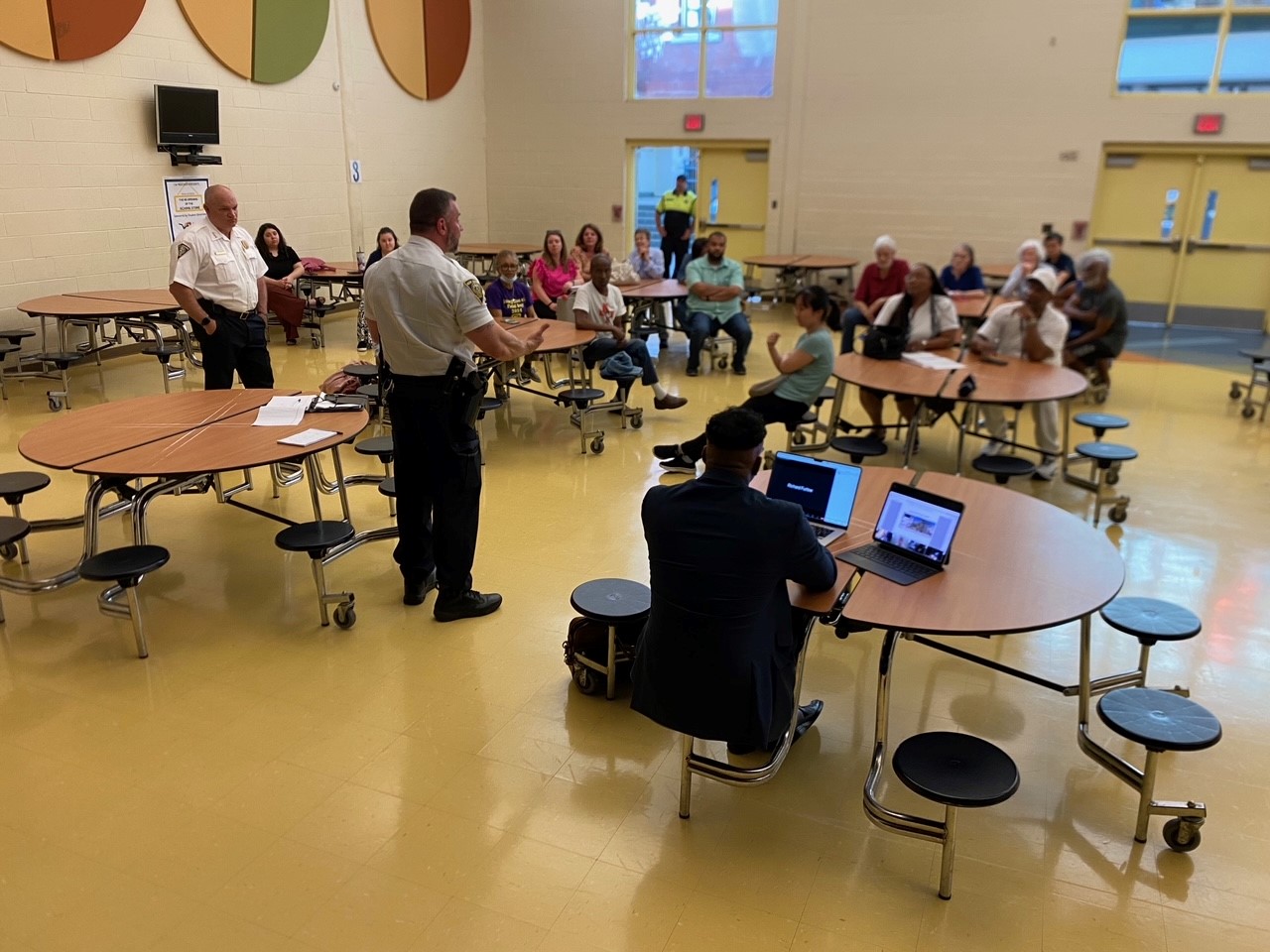Two years have passed since the first case of COVID-19 was detected in Connecticut. The first case was announced on March 8, 2020.
It would not be long before the pandemic changed life as we knew it. Social distancing became an everyday practice and face masks became a necessity when interacting with anyone outside your household.
In the last two years, there have been 727,542 cases of COVID-19 in the state and 10,515 COVID-19 related deaths.
Two years later, COVID-19 is still affecting lives, but vaccinations have provided hope and many restrictions put in place have been lifted, including face mask requirements.
Get Connecticut local news, weather forecasts and entertainment stories to your inbox. Sign up for NBC Connecticut newsletters.
Here is a look back at the early days of the pandemic.
Beginning of COVID-19 Pandemic in Connecticut
The first case of COVID-19 in Connecticut was announced on March 8, 2020.
Local
By March 12, 2020, the governor banned all events in the state with more than 250 people.
Schools were beginning to close because of the pandemic and the governor signed an order to modify the state law requiring schools to be in session for at least 180 days.
Among the actions the governor took was an order for the state Department of Motor Vehicles to extend license renewals.
Restrictions were placed on visits to nursing homes.
At that point, there had been 20 positive cases of COVID-19 in the state.
Lamont signed his third executive order, which relaxed in-person open meeting requirements and eased telework requirements, allowing more state employees to work from home.
On March 15, 2020, Lamont canceled classes at all public schools statewide, which was originally supposed to be in effect from March 17 through at least March 31.
He authorized the DMV commissioner to close branches to the public, conduct business remotely, and extend deadlines.
Amid a national shortage of hand sanitizer, the state allowed pharmacies to make and sell their own.
By March 16, 2020, gatherings of more than 50 people were prohibited, drive-through COVID-19 testing started at some hospitals and several businesses were ordered to closed by 8 p.m.
On March 18, 2020, the governor announced the first COVID-19 death in the state. https://portal.ct.gov/Office-of-the-Governor/News/Press-Releases/2020/03-2020/Governor-Lamont-Statement-on-the-First-Coronavirus-Death-in-Connecticut
On March 18, 2020, Lamont announced that indoor malls and places of amusement other than parks and open space areas would close by the night of March 19.
On March 20, 2022, Lamont started “Stay Safe, Stay Home,” which directed non-essential businesses to close by 8 p.m. on March 23, 2020, and for those that had to remain open to implement social distancing.
He called for all non-essential public community gatherings of any size to be canceled or postponed.
By March 26, 2020, there were more than 1,000 cases of COVID-19 in Connecticut and 21 deaths.
As the pandemic stretched to months, Lamont called in the National Guard for help.
To help reduce the spread of the virus, a regional travel advisory went into effect.
During the summer travel season of 2020, it affected where people could freely travel to and from or to quarantine upon returning home.
Where the COVID-19 Pandemic in CT Stand Now
As of Monday, March 7, 2022, there have been 727,542 cases of COVID-19 in the state and 10,515 COVID-19 related deaths.
At the height of the pandemic, thousands of people were hospitalized with COVID-19.
As of Monday, 145 patients were hospitalized with COVID-19, and 64, or 44.1%, are not fully vaccinated.



